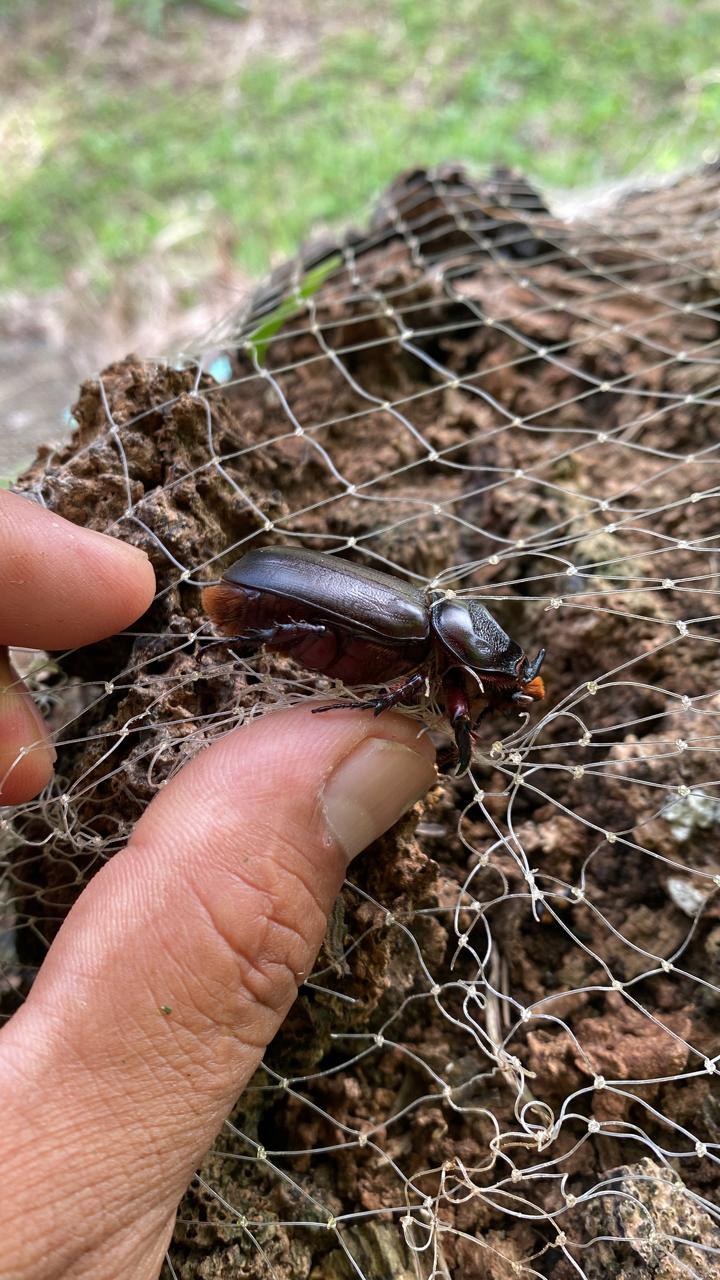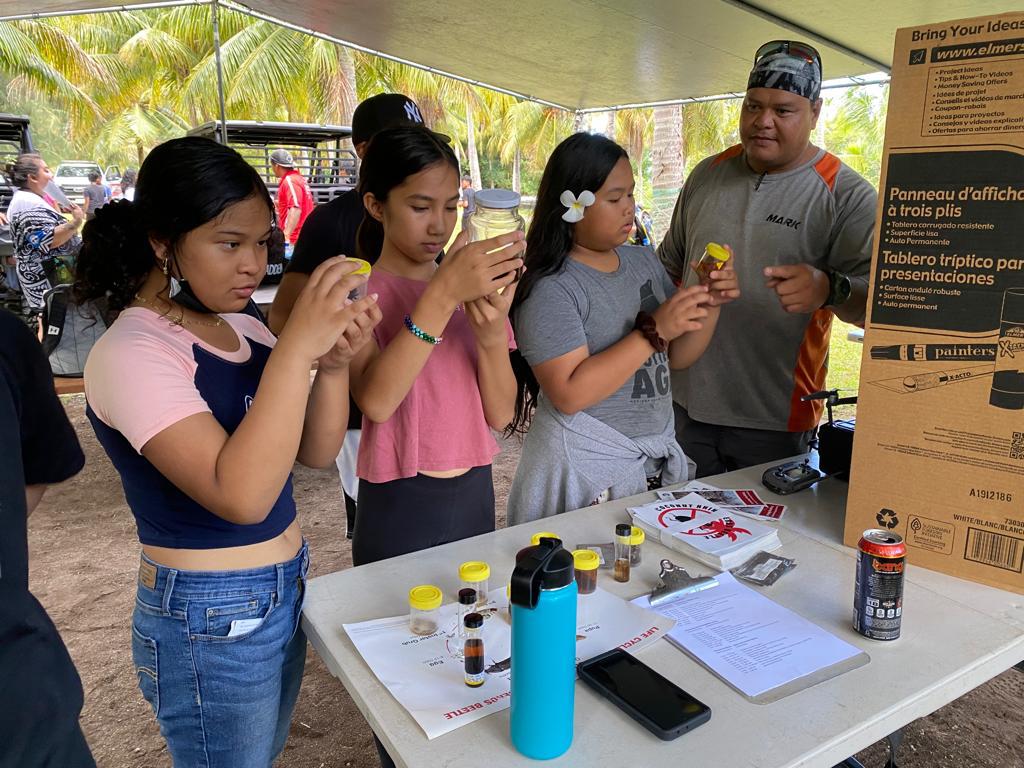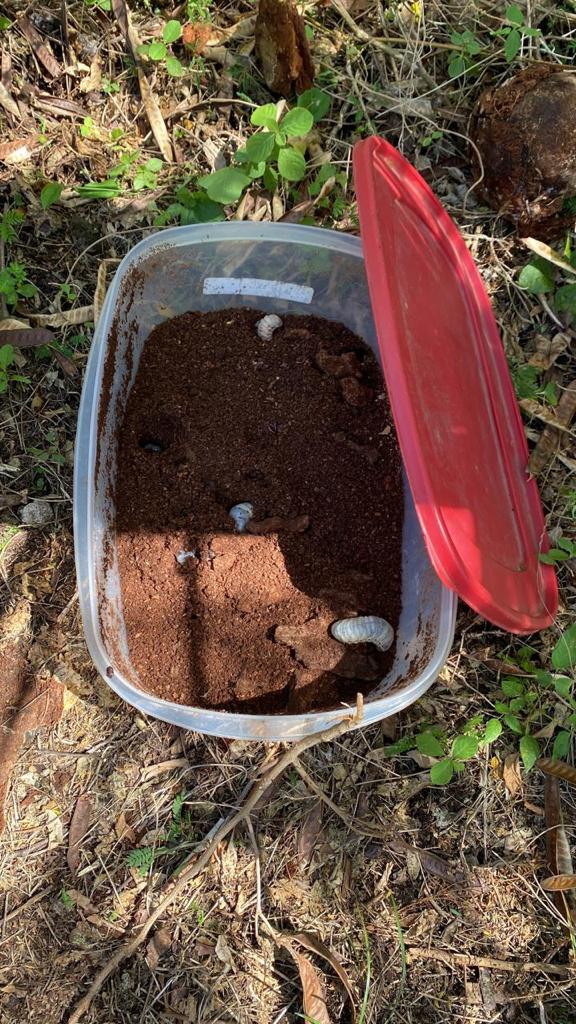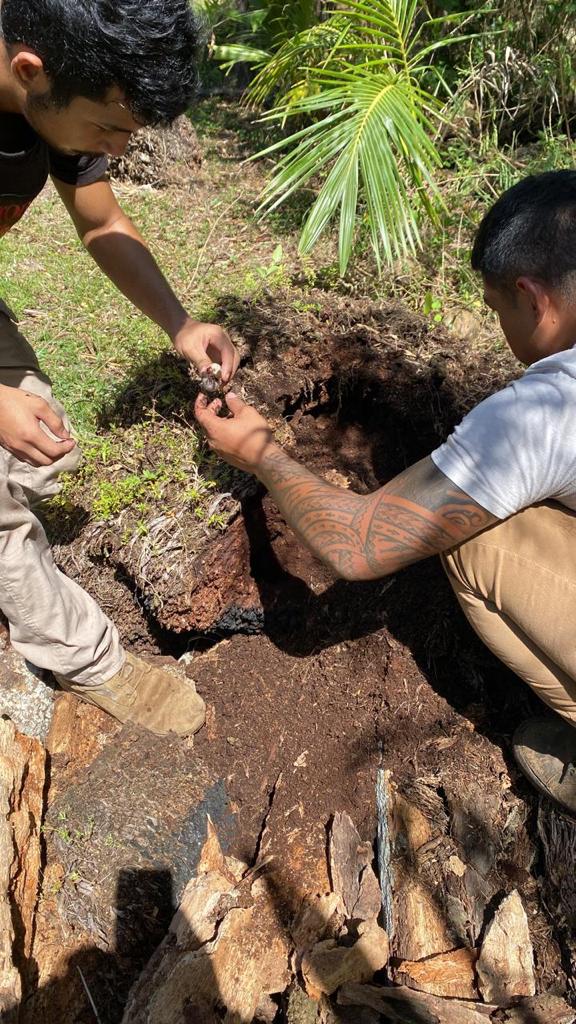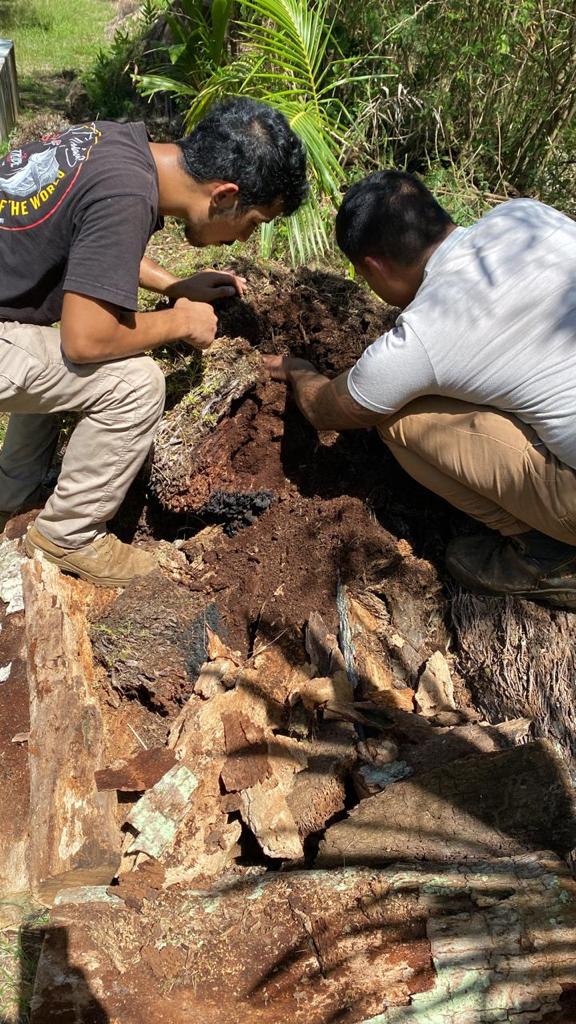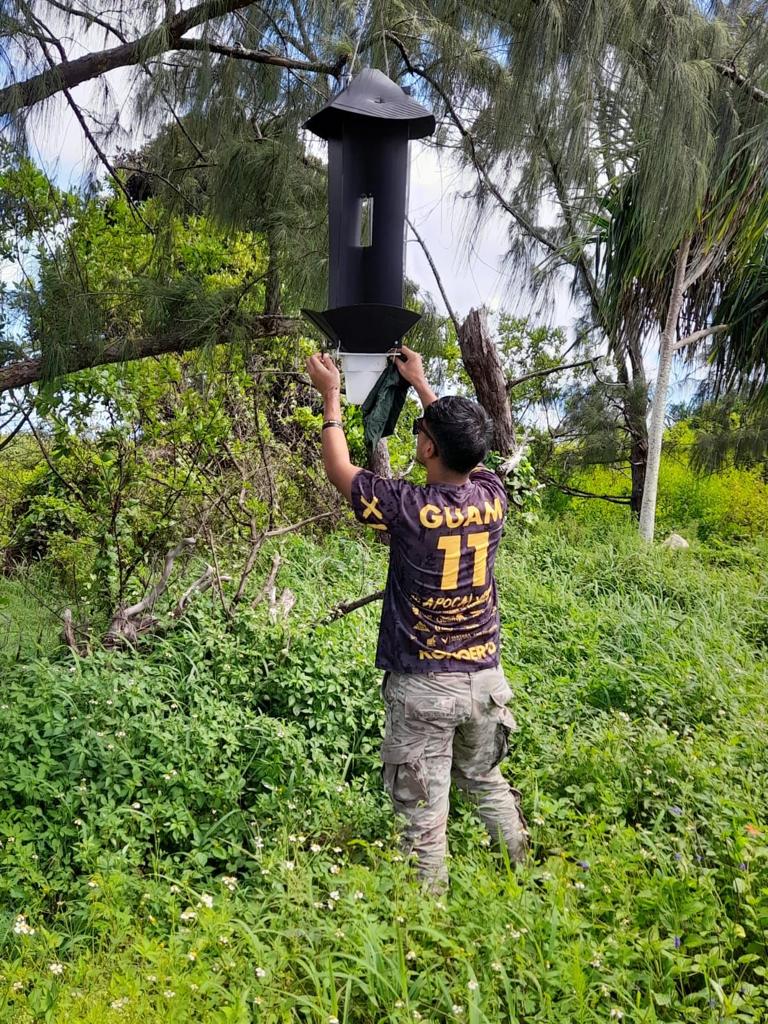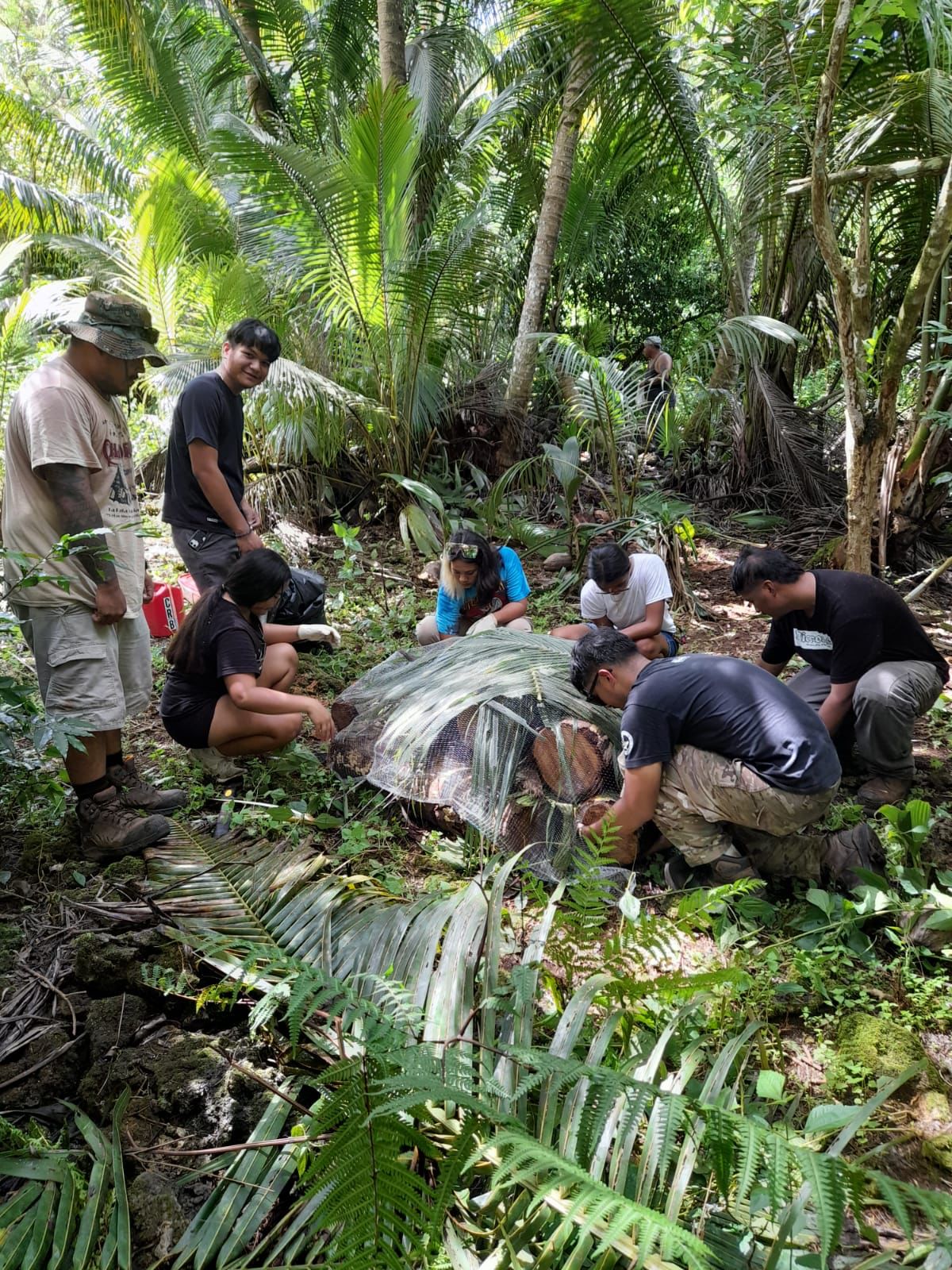Program Overview
The CNMI continues to be threatened by invasive species which has the potential to impact our natural environment, native species, and health. It can wipe out our entire food crops, pets, livestock, culture, and the quality of life of our residents, as well as our tourism industry. It is critical that we find and eradicate initial invasive species infestations before they spread and cause harm. Early detection and rapid response (EDRR) are a coordinated set of actions to address the rising threat of an invasive species escaping into our islands. The CNMI has a zero-tolerance policy towards any and all invasive species invasion, and any pest found on our borders will be exterminated immediately.
The Invasive Species Program, under the Department of Lands and Natural Resources, has two active high-priority projects that is firmly established in our islands, which are the Mucuna Pruriens Eradication Project, on Saipan, and the Coconut Rhinoceros Beetle (CRB) Detection, Prevention, and Eradication Program, in Rota. Both projects are funded by the Department of Interior Office of Insular Affairs.
What is the Rhinoceros Beetle?
The Coconut Rhinoceros Beetle (CRB) is a brown/black horned beetle that attacks coconut palm trees by chewing on its fronds, and feeding its sap until the palm is completely destroyed. The CRB is considered a major pest and is an invasive species in the Pacific. This species has no natural enemies and can inflict devastating loss to any island's natural and financial resources, such as the CNMI's tourism-based economy.
What is Mucuna Pruriens?
Mucuna Pruriens is a non-native invasive species vine that was accidentally introduced to the island of Saipan about 30 years ago. Since then, it has spread throughout the island uncontrollably. Mucuna Pruriens has several negative impacts to the environment and the safety of our citizens. When the plant matures, it emits toxin serotonin and mucunain, which causes severe itching and triggers an allergic reaction. Anyone with a chronic skin disorder, such as eczema or psoriasis, might end up at the hospital, when in contact with the vine.
